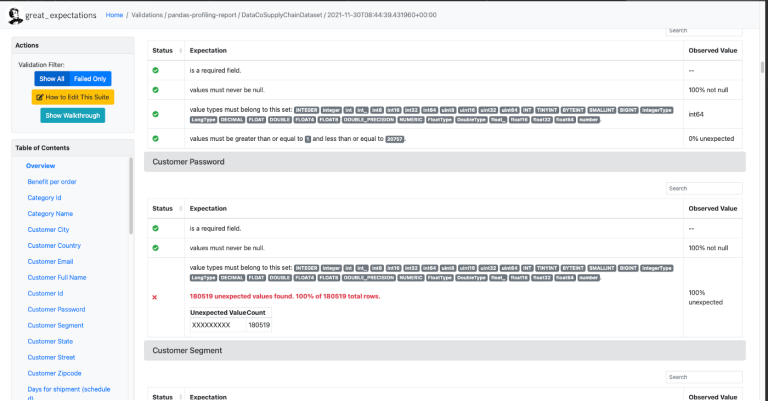Core i5, Core i7 and Core i9
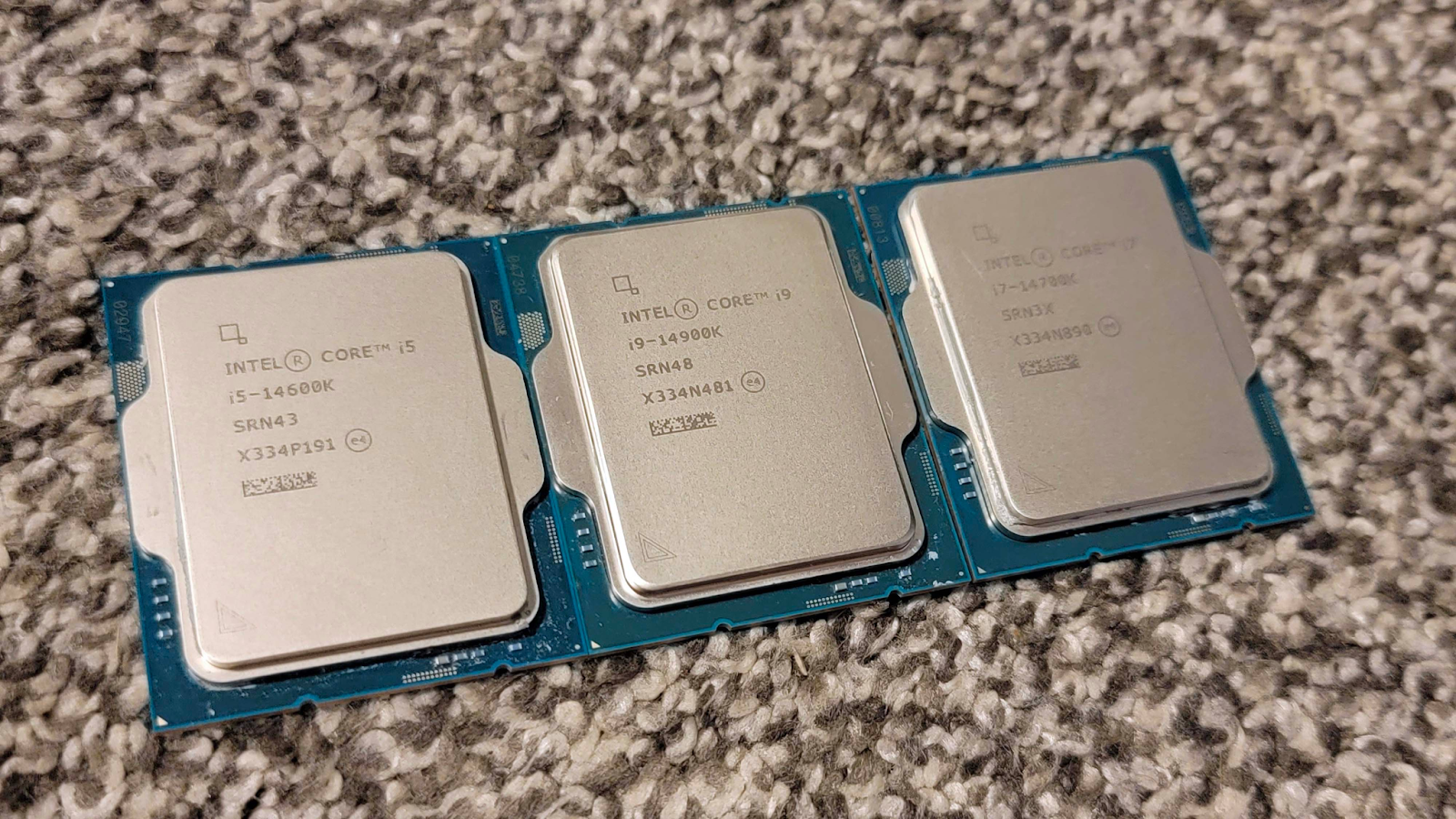
New line Intel Core 14 processors-episode, released last year, caused a lot of noise primarily because of its ambiguity. On the one hand, it received the next generation number, which was supposed to be the last in the model range. In this situation, it would be most logical to end the chord on a high note. On the other hand, the new processors, like the generation before them, were classified as the Raptor Lake family with the Refresh prefix indicating an update, which is not at all conducive to a significant upgrade. So what actually happened?
Since the previous generation, Intel has done, albeit unevenly, noticeable work to improve new K processors-lines that are built largely on the same principles as their predecessors. For example, even Intel Core i5-14600K uses the same crystal as in older versions with an identical area and number of cores, some of which are simply blocked in the basic modification.
Nominally, many of the characteristics of the new processors have remained unchanged since the 13th generation. But if you dig a little deeper, you begin to understand that there are transformations. In some places the clock frequency has increased, L2/L3 cacheand in some places they even increased the number of cores and threads.
All three new generation processors received discrete support Wi-Fi 7, which we already talked about. The article examines the main differences between the new standard and all previous ones, and also clarifies which access point should be chosen in order to realize its full potential.
In addition, the 14th generation Intel Core supports Bluetooth 5.4, DDR5 RAM up to 192 GB (in fact, it’s all about the appearance of 48 GB trims, but Intel refuses to admit that this is not an upgrade) and frequencies up to 8600 MHz in XMP. And in the future, they will also gain Thunderbolt 5 with bidirectional throughput of up to 80 Gbps. This is twice as much as the current Thunderbolt 4 offers.
Is Intel Core i5-14600K the best processor under $300?

Intel Core i5-14600K, unlike its predecessor, received a higher clock frequency. The E-cores of this processor were accelerated by 100 MHz, and the P-cores by 200. It seems like a little, but those who want buy Intel Core i5-14600K after the 7th and even the 9th generation, the difference will definitely be felt. In fact, this will give at least 10% of the performance results of the Intel Core i5-13600K and a much more noticeable upgrade compared to earlier processors.
Characteristic | Intel Core i5-14600K | Intel Core i5-13600K |
Cores | 14 (6P+8E) | 14 (6P+8E) |
Streams | 20 | 20 |
L3 cache | 24 MB | 20 MB |
E-core frequency | up to 4.0 GHz | up to 3.9 GHz |
P-core frequency | up to 5.3 GHz | up to 5.1 GHz |
PCI-E lanes | 20 | 20 |
RAM support | DDR4-3200, DDR5-5600 | DDR4-3200, DDR5-5600 |
Stated TDP | 125 W | 125 W |
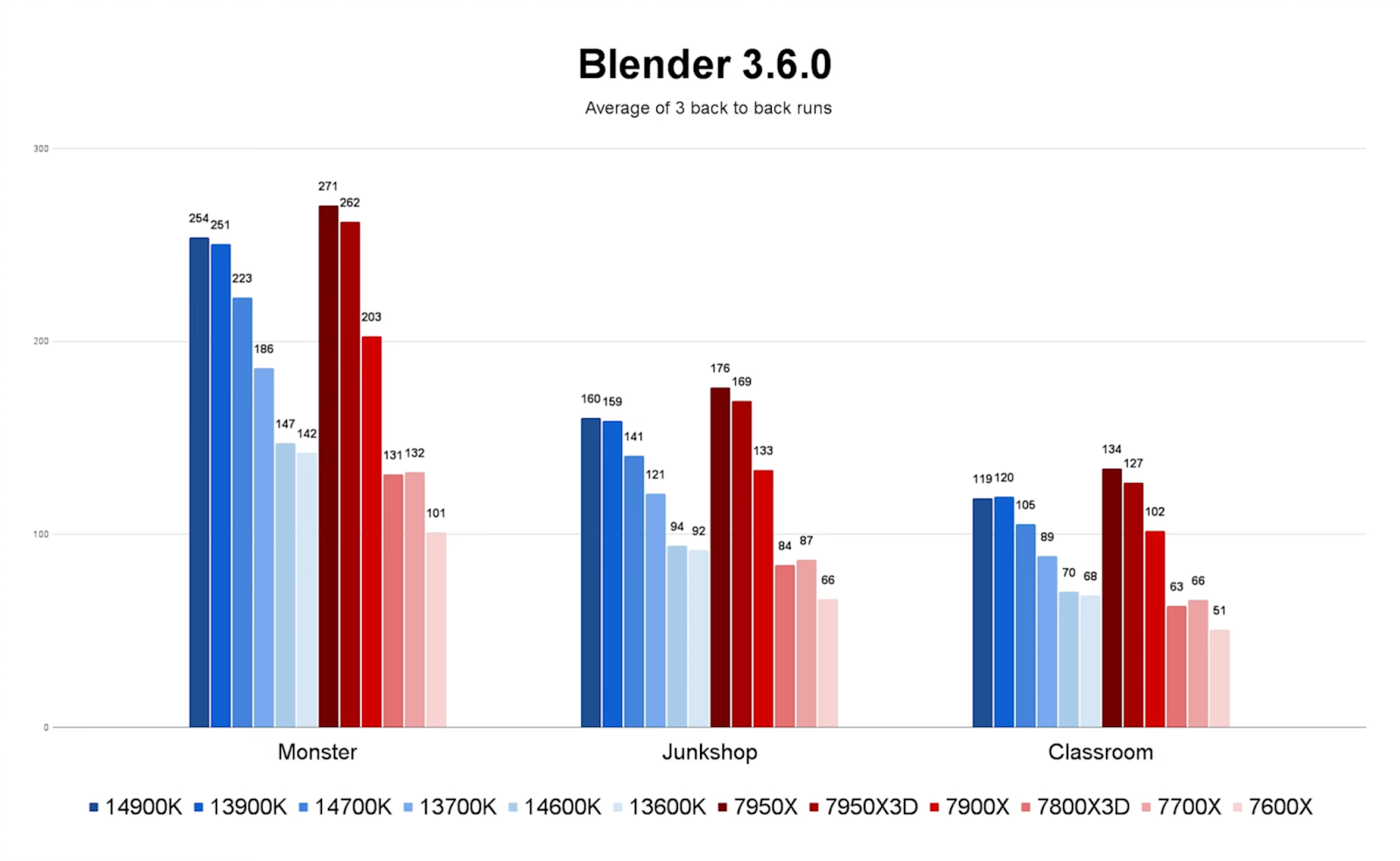

The rise of computing power Intel Core i5-14600K reflected in his TDP. Despite the fact that the stated value for stock loads has not changed and is still 125 W, like the Intel Core i5-13600K, it can actually reach 181 W. This is the maximum stock value. However, with the restrictions removed, it can go well beyond 200 W.
The Intel Core i5-14600K cannot be called hot. The TDP limit does its job, but does not in any way prevent the processor from revealing its potential. It performs excellently even in synthetics, even in games, surpassing even some higher-level competitors.
Gaming performance of Intel Core i5-14600K
Test assembly (used to test all Intel Core 14 gen processors):
Case – Corsair iCUE X4000 RGB
Motherboard – Asus ROG Strix Z790-E Gaming WiFi
Memory – Viper Venom RGB DDR5 36-36-36 (6000 MT/s)
Video card – MSI GeForce RTX 4090 Gaming X Trio 24G
Cooling – Corsair iCUE H150i Elite Capellix
Storage – Crucial T700 Pro (PCI-E Gen 5 NVMe M.2) 2 TB



Intel Core i5-14600K is not the coolest processor. Even with efficient cooling, it can exceed 80 degrees Celsius in severe stress tests. Therefore, if you are looking for a cooler processor, pay attention to the base Intel Core i5-12600 without the “K” index. His multiplier is locked, so “pissing him off” will be very problematic.
The Intel Core i5-14600K is good if we consider it in comparison with Intel processors of the generation before last and older than the 7000th AMD line, which the new product can also give a head start. Support for 512-bit instructions was not brought here, but on its side there are 20 PCI-E lanes, the same number of threads, excellent gaming performance and a reasonable price, which turned out to be no higher than its predecessor.
Intel Core i7-14700K – the largest update Raptor Lake Refresh

Intel Core i7-14700K and its F-version without a video core is called the most interesting and balanced representative of the updated line, even compared to its predecessor.
Characteristic | Intel Core i7-14700K | Intel Core i7-13700K |
Cores | 20 (8P+12E) | 16 (8P+8E) |
Streams | 28 | 24 |
L3 cache | 33 MB | 30 MB |
E-core frequency | up to 4.3 GHz | up to 4.2 GHz |
P-core frequency | up to 5.6 GHz | up to 5.4 GHz |
PCI-E lanes | 20 | 20 |
RAM support | DDR4-3200, DDR5-5600 | DDR4-3200, DDR5-5600 |
Stated TDP | 125 W | 125 W |
The new product not only increased the clock frequency by 100 and 200 MHz for the E- and P-cores, respectively, but also added processor cores, which are now 20 instead of 16, and also increased the L3 cache from 30 to 33 MB. All this is visible even in the basic characteristics, which are usually highlighted on paper.
Even in the absence of architectural changes, the additional 4 energy-efficient cores give the Intel Core i7-14700K a total of immediately 20 cores distributed according to the formula 8+12which results in a noticeable advantage in confrontation not only with AMD products, but also with Intel’s own solutions.




Still, this has a positive effect not only on the computing potential, but also on the number of threads simultaneously executed by the new processor. If the previous generation i7 had 24 of them, then the new one has 28. As a result, this resulted in the i7-14700K being superior to its predecessor in 100% of tasks:
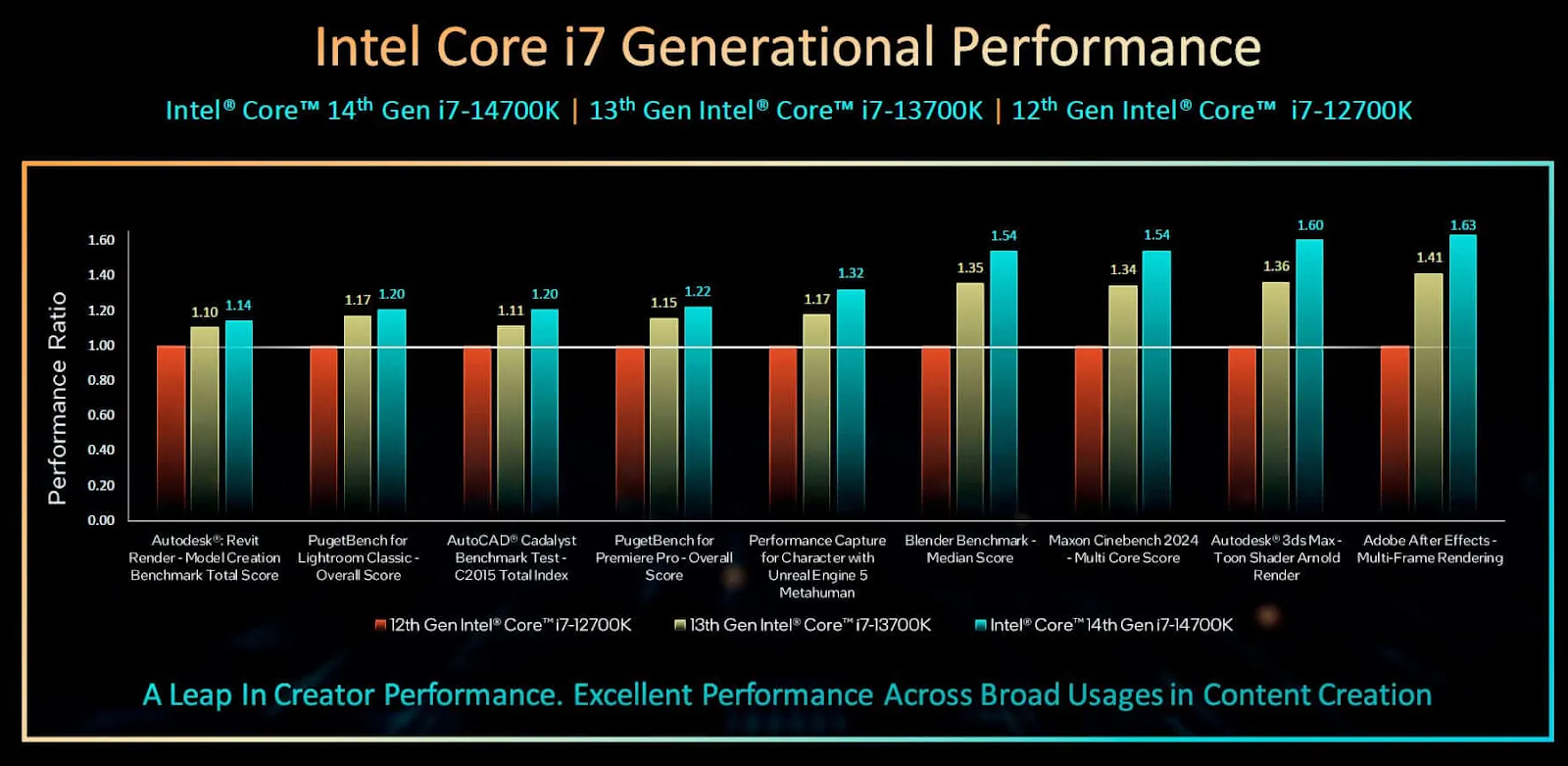
Intel does not seek directly compare Intel Core i7-14700K and i9-13900K, since the top processor of the last generation is still superior to the average one from the present. However, in a number of scenarios they are almost on par. This is facilitated by the turbo boost of the i7-14700K, which allows its P-cores to accelerate to 5.5 GHz, and the high maximum power consumption level, set at 253 W.
You can reach peak performance by removing energy consumption limits PL1 and PL2. In this case, the TDP can reach 305 W, and i7-14700K clock speed – reach the declared level, even if it warms up, be healthy. Even under the powerful double turret in Prime95, it has no problem crossing the 80 degree Celsius mark.
This is a valid value. But he is capable of more. To squeeze the full potential out of old silicon, Intel had to reconsider the temperature limits of new processors. Therefore, in order not to arrange a “Tashkent” assembly inside, take care of a decent dropsy, a highly effective double-turret or ZhM. But we didn't tell you that.
How does the Intel Core i7-14700K perform in games?
In games Intel Core i7-14700K manages to bypass even AMD solutions with 3D cache. Thanks to the upgrade for all three main indicators that affect the potential of the processor, which we described above. The performance gain is not noticeable everywhere. In Cyberpunk 2077 it is practically absent. But this game is primarily demanding on other indicators.



In fact, even these three examples are enough to determine the real place of the Intel Core i7-14700K in games. Its performance is exactly between the Intel Core i7-13700K and Intel Core i9-13900K. This is a good indicator. Still, the “nine” is a full-fledged flagship, and it’s not so easy to reach it. Yes, the power consumption of the new product will be higher on average than that of competitors from AMD – thanks to the 3D cache – but if properly assembled, its performance will not suffer.
Intel Core i9-14900K – it or Intel Core i9-13900KS
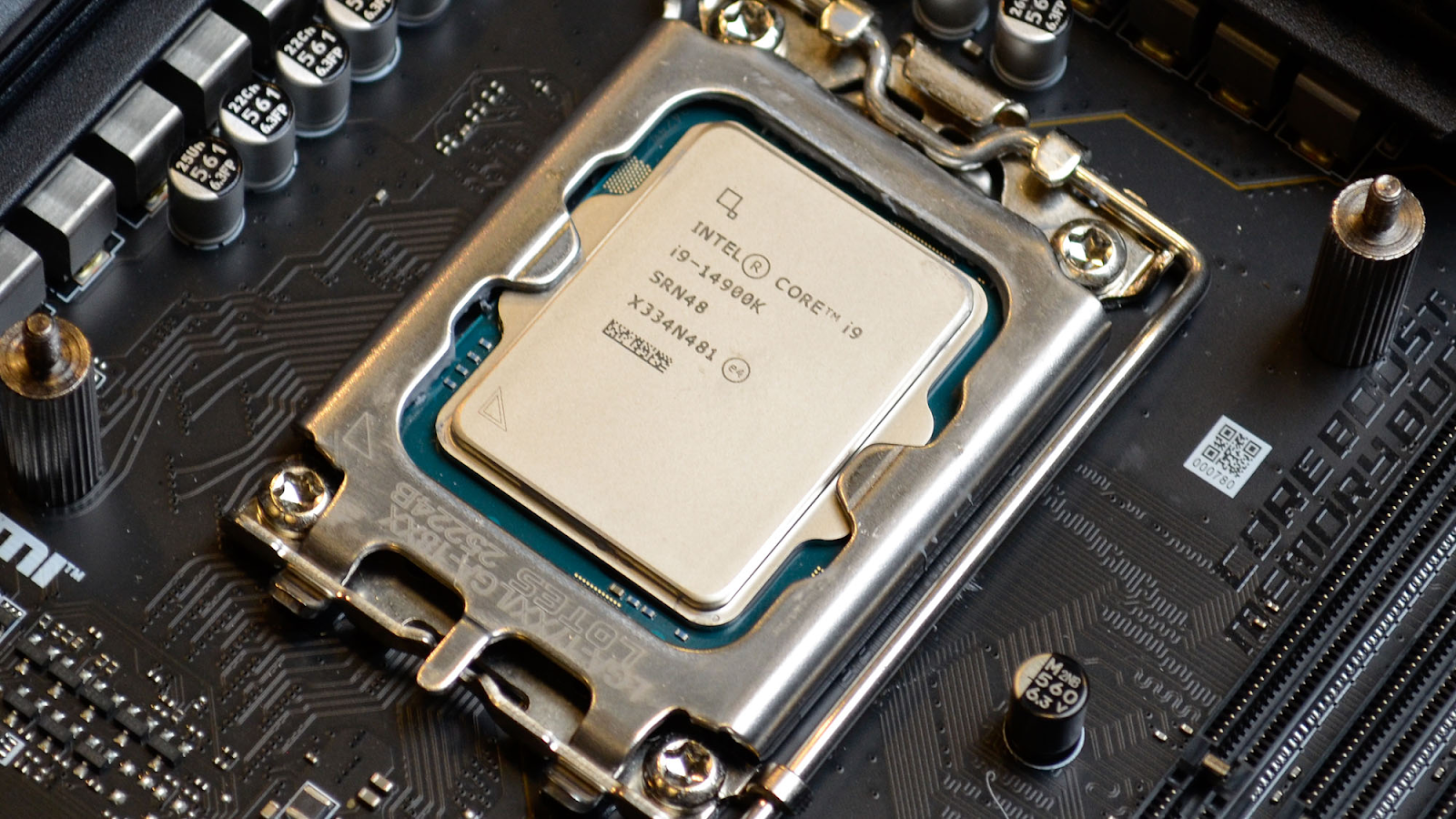
Intel Core i9-14900K – most powerful processor in his generation. It is often criticized for not making enough changes compared to the previous generation model. And on paper, everything really doesn’t seem as rosy as one might expect from an iterative update. But it all depends on the angle of perception.
Characteristic | Intel Core i9-14900K | Intel Core i9-13900K |
Cores | 24 (8P+16E) | 24 (8P+16E) |
Streams | 32 | 32 |
L3 cache | 36 MB | 36 MB |
E-core frequency | up to 4.4 GHz | up to 4.3 GHz |
P-core frequency | up to 6.0 GHz | up to 5.8 GHz |
PCI-E lanes | 20 | 20 |
RAM support | DDR4-3200, DDR5-5600 | DDR4-3200, DDR5-5600 |
Stated TDP | 125 W | 125 W |
By all appearances, the Intel Core i9-14900K is analogue of Intel Core i9-13900KS, which is not only not inferior to the reference original, but in some ways even surpasses it and costs less. In the US, the new product costs $589, while the KS version of the previous generation processor costs $100 more.
Peak P-core frequency both models have the same frequency, amounting to 6 GHz, but in terms of E-cores the new product outperforms the “old man” thanks to an additional 100 MHz. Even this seemingly minor improvement gives the 14th generation processor faster performance while maintaining the same number of threads.
Smart overclocking and testing of Intel Core i9-14900K
The mechanism allows the new product to control the temperature and ensure a balance of loads and energy consumption. Intel AI Assist AI-powered, built-in Extreme Tuning Utility.
He is responsible for smart overclocking, taking into account a lot of indicators at once, from the clock frequency and voltage to the power supplied to the processor. By the way, this is a unique tool that is used only on Intel Core i9-14900K. Older models don't have anything like that, and 14th generation processors, according to Intel, will get something similar, but not now.
Again, in comparison at a basic level, the new product does not look like a contender that is superior to the previous generation processor. But it is impossible to dispute the increased performance, as well as its overclocking potential.





In games Intel Core i9-14900K shows himself only from the best side, but compete with processors with 3D cache It’s definitely not easy for him, although the breakup cannot be called catastrophic:



The Intel Core i9-13900KS is intended to be an overclocking-oriented reference processor, and the i9-14900K is every bit as good as it is. Testing several processors from different batches showed that the latest boost is even better. If the “old man” requires a voltage of 1.488V to reach the 6 GHz frequency, then the new product requires 1.468V.
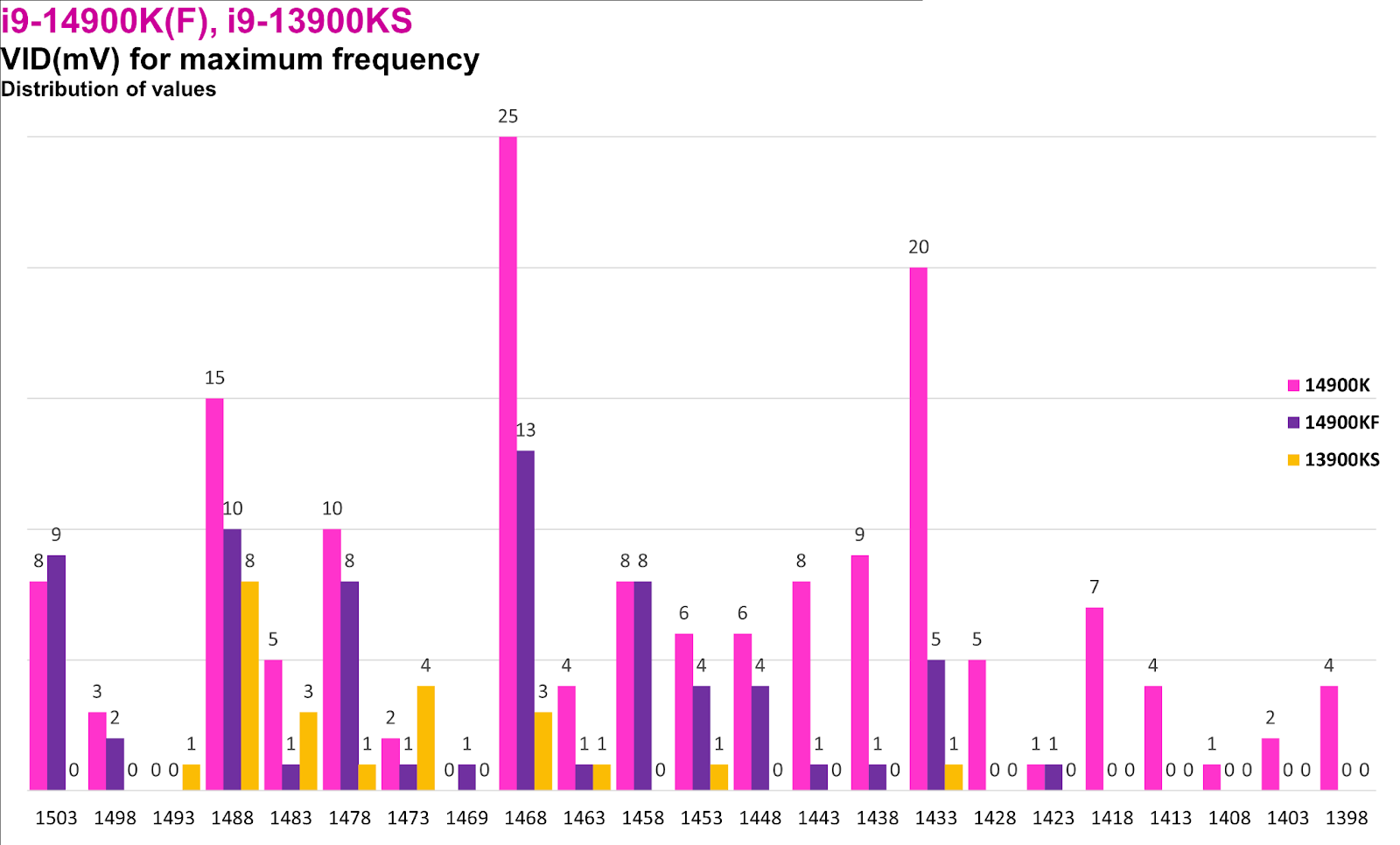
And Asus overclockers managed to boost the i9-14900K on the ASUS ROG Z790 APEX Encore MP with DDR5 memory at 11,614 MT/s to 9.1 GHz, which is an absolute record.
Intel at 9.1 GHZ with Liquid Helium
Intel Core i9-14900K should be hot. In the Prime95 test it almost reaches 100 degrees Celsius, while power consumption with the PL1 and PL2 limits removed can go beyond 350 W. So – this is unlikely to be news to you – to assemble this processor you will need not only a dropsy that can remove so much heat, but also a high-power power supply. Better – 850 watts, no less.
With all the efforts Intel new Core i9-14900K may not look new compared to the Intel Core i9-13900K. Especially compared to past upgrades, which were more significant. But, if we consider it as an improved version of the previous generation processor, then everything falls into place. Moreover, it does not require you to completely change your assembly, but allows you to continue using MP with your usual socket LGA1700 and DDR4 memory. So why not?




